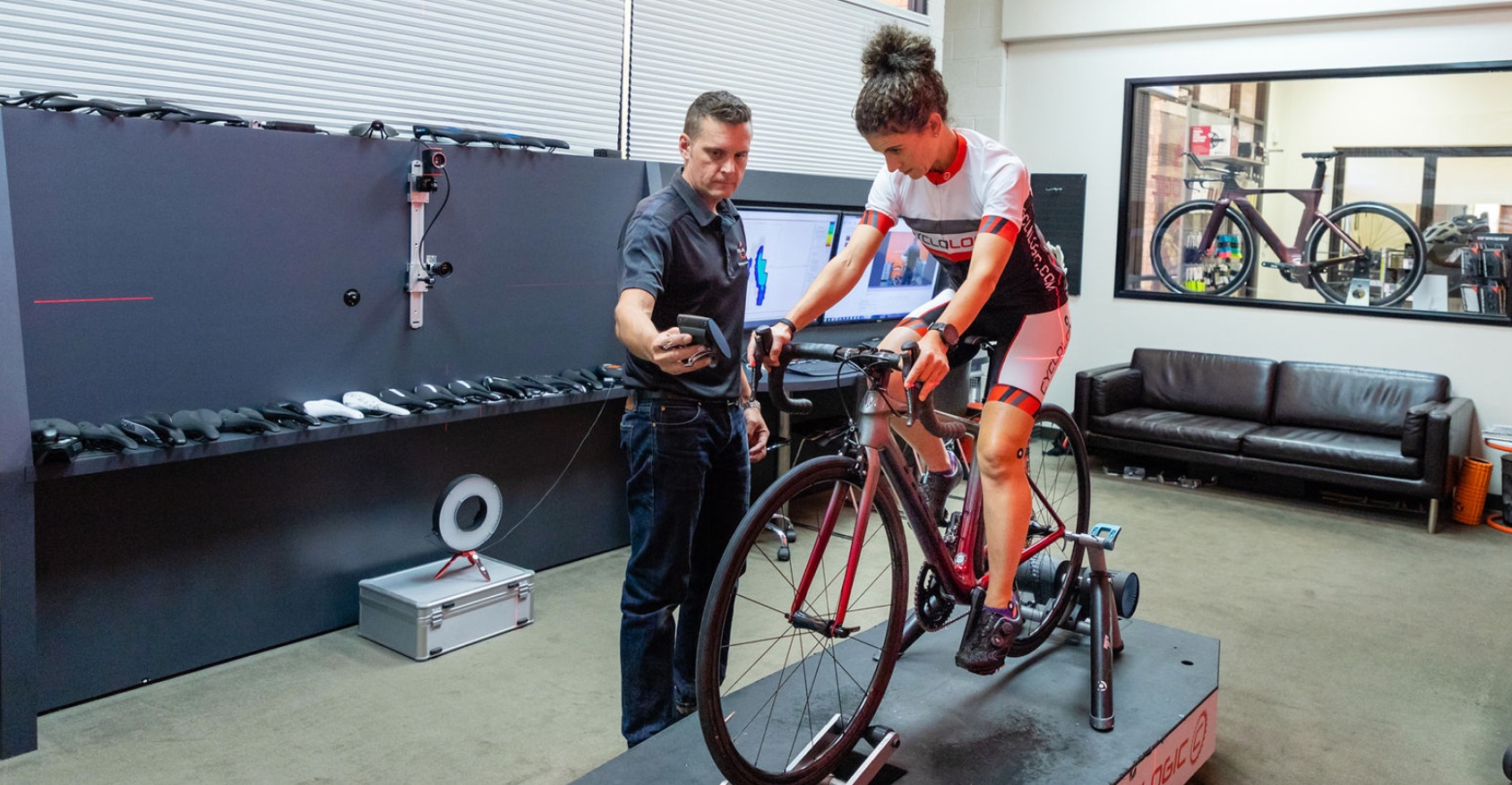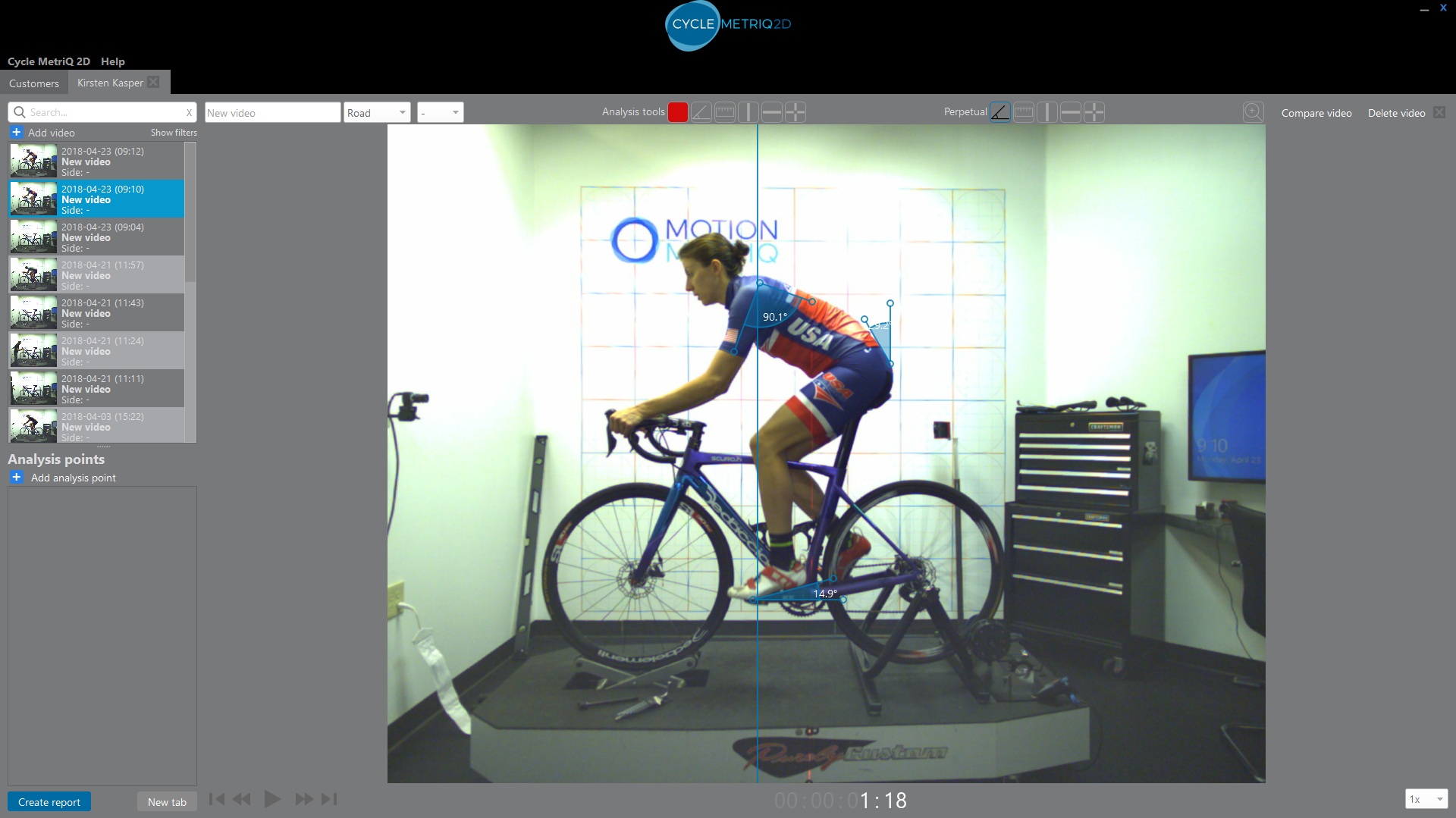What goes into making a great cycling position? What are the key ingredients? If we boil it down to its essence, what are we left with?
The Cyclologic crew gives this topic ***a lot*** of thought. We have everything in the world at our disposal so how do we choose what to actually use in our studio? How do we settle on a protocol?
This article aims to distill bike fit (or “cycling analysis” as we like to call it), down to three basic essentials. What are they?
#1- You Need A Bike Fitter
Well, obviously. Right? You can’t do a bike fit without a fitter, but exactly what goes into making a fitter a fitter?
Is it education? Yes. That is definitely part of it. A good fitter needs to have a basic skill set, and that skill set doesn’t come out of a parts catalog. It can’t be ordered on Amazon. It can however be learned. Education, and more importantly, continuing education, is absolutely essential. If you are a fitter, and you haven’t been back to school, or attended the important conferences in a while, then you are cheating yourself and your clients out of some amazing new advances.
We not only teach cycling analysis courses here at Cyclologic, but we attend them too. The hard drives of our computers are jammed full with research and white papers on artificial intelligence, aerodynamics, biomechanics, lactate metabolism, ventilatory optimization, wireless data transfer, fabric and textile manufacturing, and oh yeah, bike specific stuff too… We test, tweak (and break) things all day. Software, measuring systems, prototype cameras, protocols, and more all get the full breakdown every day. Why do we do this? Simply put, we want to give our fit clients the best possible service. We want to do such good work, and provide such an amazing experience that the riders are on their phones telling their buddies about it before they leave the building.
It’s not all about education though. You also need something else… Reps.
Not sales reps.
Repetitions.
Great fitters perform lots of fits. Seeing lots of butts on lots of saddles, lots of hands on handlebars, and lots of feet clipped to pedals is the best way to sharpen a fitter’s education into a useful tool. The more high speed video we watch, the more we see when we watch it… And speaking of high speed video, that brings us to the next essential ingredient in a bike fit.
#2- You Need Technology
High Speed Motion Capture Software From MOTIONMETRIQ
You cannot perform world class bike fits without world class technology. Period.
Can you get close? Maybe.
Can you make a rider happier than they were when they came in your studio? Probably.
Can you do it consistently with each and every client? No you can’t.
What type of technology do you actually need? Well, for starters, you need high speed motion capture, and you need to be able to capture all four sides of a rider. There are too many variables that the human eye simply can’t catch. Your eye only processes motion at about 16 frames per second. If a rider is pedaling at 85-90rpm, and your brain is taking 16 “pictures” per second, then you are only “seeing” the pedal stroke every 30-35 degrees of rotation. What happens in the middle? Your brain makes it up… And more often than not jumps to the wrong conclusion. (If you have questions about high speed video, give us a call, or shoot us an email. We’ve played with everything and would love to walk you through the ins and outs of what is available.)
What other types of technology do you need? You absolutely need gebioMized saddle pressure mapping. We can’t stress this enough. If you aren’t using a saddle pressure map as part of your protocol, then you are seriously missing out. Saddle pressure is every bit as important as high speed video. It’s not inexpensive, but it does pay for itself very quickly. You’ll save time during your fits, make more accurate decisions, and be able to validate product recommendations to your clients. Click here to read a blog post with more detailed information, and then shoot us an email. We’ll set up a screen sharing session to walk you through the software and how we use it.
High speed video… saddle pressure mapping… What else?
You need quality contact point products that you recommend based on your physical assessment and the data you captured using your video and pressure systems. You need a good selection of scientifically designed saddles in a variety of widths. You need stems. You need bars. You need shoes. You need cranks. You need footbeds. If you can identify the problem, but can’t actually fix it, you are not providing your clients with everything they need to succeed on the bike.
#3- You Need an Engaged Rider
So, you have an educated, qualified, experienced fitter. You have technology that allows the fitter to capture data and communicate what it means to the rider. What’s left?
The rider!
But not just any rider.
You need an engaged rider. You need a rider that is willing to be a part of both the process and the solution. In our experience, only 50% of rider discomfort is driven by equipment and position. The other 50% is caused by physical issues that the rider may be dealing with.
Let’s look at three different riders:
Rider #1 is an amateur triathlete that we have been working with for a few years. He recently developed medial pain in his right knee. We brought him in, shot some video, took some pressure readings, and discovered that he had adopted an asymmetric sitting strategy to keep his right hip open. By moving to the left of the bike, he was relieving the stress in his hip, but causing his right knee to live too far inside the pedal. Using the technology at our disposal we showed him what was happening, and referred him to a physical therapist. The rider is now in PT and getting better.
Rider #2 is a professional triathlete that we have a long history with. She started feeling hamstring tightness at the end of her rides, which was negatively effecting her run. We discovered that her saddle height was 5mm higher than the last time we saw her. The apparent cause of this was that her bike did not get put back together correctly after one of her frequent race trips. We did two things. First we corrected the saddle height. Her muscle memory caused her to drop her heel at the bottom of the push phase in order to get the (over) extension she was used to, so we gave her a couple of pedaling cues to help her break that old muscle memory. Second, we came up with a break down and build strategy to insure that her bike gets put back together correctly no matter where she is in the world. She worked through the pedaling mechanics, and now follows her bike pack/build routine religiously.
Rider #3 has historically dealt with right hand numbness late in rides. We originally believed this was caused by a combination of fatigue induced bad posture, and a torn rotator cuff. We did all of the typical fitter things:
Appropriate bar width and hood tilt.
Stable sitting position.
Posture reminders taped to the stem.
You know the drill.
The issue persisted. We sent him to a highly skilled sports massage therapist who discovered that a sub scapular muscle was impinging on a nerve. Through continued sports massage and posture reminders, the numbness has all but disappeared.
What do all three of these riders have in common? They are all three engaged in the process. They all are taking ownership for their non fit related issues, and are working on solutions. Without this type of engagement from the athlete, there is no amount of fitter experience or technical wizardry that will make the the bike fit successful.
So there you go. What are the three basics needed to produce consistent success in the fit studio?
You need an educated and experienced fitter. How do you get that education? You take classes. You study your anatomy. You never stop learning. How do you get the experience? Keep plugging away. Keep shooting video. Day by day you will improve.
You need technology. You can’t do this on your own. You can’t consistently produce world class results by eyeballing things. Can it be expensive to get what you need? Yes. It can be. Will it pay for itself? You bet it will.
You need motivated riders that are willing to be a part of the process. If an athlete won’t take responsibility for their own off-the-bike issues, then the whole process falls apart.
Are there other things that can help in the studio? Of course there are. We have mind blowing aero optimization and metabolic testing capacities. We can analyze power data relative to aerobic efficiency. We can test rider stability outside the studio, in the real world. We can do all of that and much, much more, but without the three basics, that extra stuff will never produce results.





